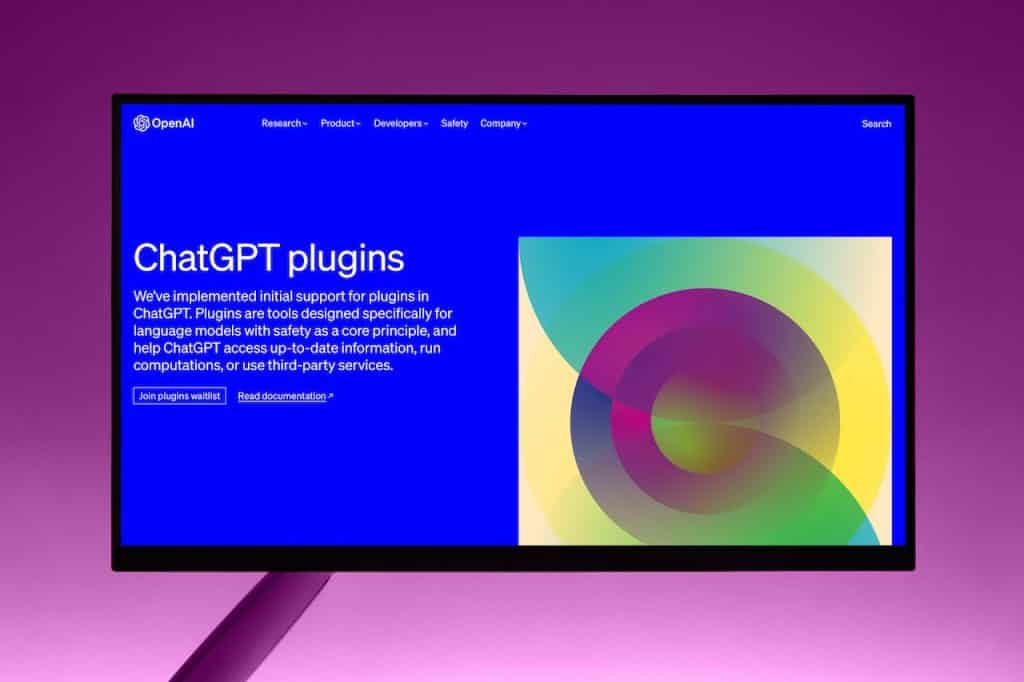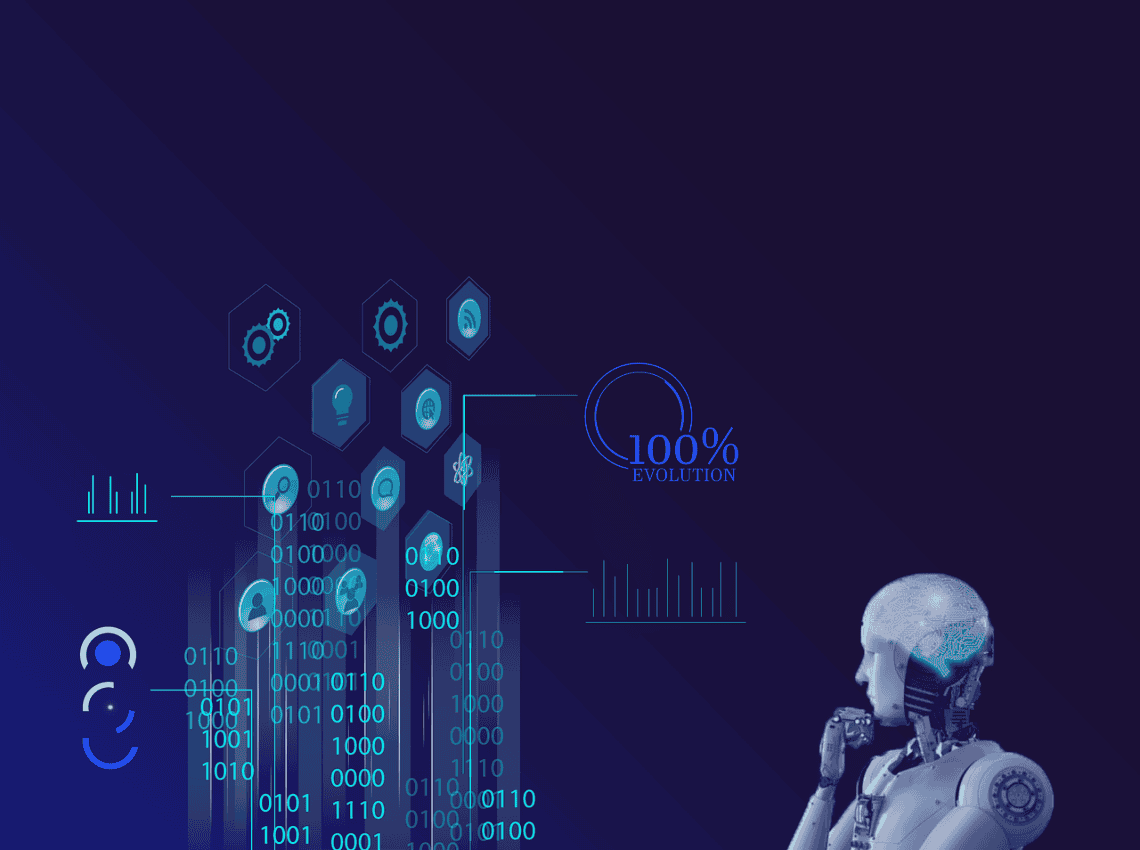AutoGPT Unveiled: The Ultimate All-in-One AI Solution

The artificial intelligence (AI) era has started and developments are happening at high speed. On that, the arrival of the innovative AI tool, AutoGPT, seems to be generating lots of buzz in the AI space. Here we will explore what AutoGPT is, how it operates, its capabilities and shortcomings, and see how it compares to other AI models such as ChatGPT.
Artificial intelligence transforms our world, enabling all sorts of machines to learn, reason, and adapt. From virtual assistants to predictive analytics, AI’s influence spans industries, favoring innovation and efficiency. Nonetheless, ethical considerations and responsible implementation are important to harnessing AI’s groundbreaking potential without threatening societal values.
AutoGPT ranks near the top among the latest AI tools. Interestingly, it uses the latest language models of OpenAI to complete many tasks autonomously. There are multiple examples of AutoGPT already in operation and they can be used for complex process automation.

What Is AutoGPT?
AutoGPT, an open-source tool, leverages the power of advanced generative language models, including GPT-3.5 and GPT-4 from OpenAI, to create sophisticated and unique text that sets it apart from the AI models released earlier.
For instance, unlike ChatGPT, which gives responses according to particular prompts and instructions offered by a human operator, AutoGPT can work fully autonomously without needing any human supervision.
The key difference between AutoGPT and other tools that undertake similar functions is its ability to autonomously plan the steps required to achieve something by self-generating prompts and iteratively processing the available outputs.
Looking at the technical perspective, it is evident that AutoGPT uses unsupervised learning strategies to understand the language patterns and produce coherent text that is tailored to execute specific tasks, avoiding the dreaded ‘hallucinations’ in AI (machine errors that cause misinterpretations of data or signals).
Furthermore, AutoGPT is designed with internet search capabilities, long and short-term memory management, and incorporation with external applications and OpenAI APIs, making it an all-inclusive AI tool.
While AutoGPT was first designed as an open-source project on GitHub, more user-friendly interfaces like GodMode and AgentGPT have been launched to make it easier for non-experts to use.
AutoGPT Launch
The origin of AutoGPT can be traced to late 2022. Originally, it was created by a software engineer and video game developer, Toran Bruce Richards, who published the source code of the tool on GitHub under an open-source license.
Nevertheless, the tool started gaining viral attention on social media in mid-January 2023 due to its many benefits, attracting fans, enthusiasts, and renowned figures in the AI sector.
In only A few weeks, AutoGPT accumulated thousands of stars on GitHub, exceeding even the renowned PyTorch repository dedicated to deep learning. By November 1, 2023, AutoGPT had at least 152,000 stars on GitHub, signifying its massive potential for intelligent automation.

AutoGPT In Practice
To utilize AutoGPT, you must start by installing it locally and setting up an API account with OpenAI to access these language models. After that, in a command-line interface, you define a prompt, let’s take “Help me boost my restaurant business” as an example.
After the prompt is submitted, AutoGPT produces a plan to help you with your request, including conducting market research on the restaurant sector. It is worth stating that the more detailed your prompt, the better the response will be. AutoGPT then proceeds to execute every step, gathering information from the internet, creating well-researched text files for note-taking, and offering you an in-depth response based on its research.
Whenever it encounters obstacles or has limited information, AutoGPT automatically tries to create new prompts to enable it to progress. That way, even those users who are less experienced in creating prompts can get the most accurate answers to their questions.
AutoGPT Use Cases
One of the best uses of AutoGPT which has great potential is in creative tasks and content automation. For example, it autonomously generates scripts, ideas, drafts, product descriptions, summaries, and a lot more, saving a lot of time for journalists, writers, and content creators.
Another notable area where AutoGPT may surpass human output is in repetitive administrative tasks such as managing schedules, emails, and documents. AutoGPT can take care of drafting simple texts, organizing lots of data, and taking on many other tedious activities.
AutoGPT can also perform well in providing automatic responses 24/7 to tiresome inquiries from discontented clients and resolving other customer service issues. Also, in the case of programmers, AutoGPT can assist in streamlining your work since it has been trained to write, debug, and automatically document software code.
Based on all these examples, we can say that AutoGPT has massive potential when dealing with tasks that need the analysis or processing of huge volumes of data, in science, finance, and legal research, allowing humans to focus on more creative projects and tasks.
AutoGPT vs. ChatGPT
While these tools use OpenAI’s language models, there are major differences in their operation and capabilities. For example, ChatGPT was trained to produce conversational text while AutoGPT has a wider coverage and is free.
Another significant difference between the two AI tools is that ChatGPT fully relies on user-provided prompts, while AutoGPT can come up with its own prompts and autonomously Execute multi-step plans to reach a particular goal.
One more notable difference is that AutoGPT can link and interact with many external applications and web services to collect information and take action, while ChatGPT is limited only to text generation.
Ultimately, AutoGPT has highly innovative capabilities, including learning via trial and error, enabling it to optimize its responses over time. On the flip side, ChatGPT is designed with restricted learning capabilities, which makes it less flexible.
Conclusion
AutoGPT is considered a considerable advancement in the autonomy of AI networks. Its ability to plan different tasks, optimize results, and interact with the digital world makes it a highly resourceful and powerful tool.
Nonetheless, it is important to address potential risks to guarantee that the new technology keeps evolving positively, streamlining tasks without having to replace the distinct skills of human creativity and ingenuity.







